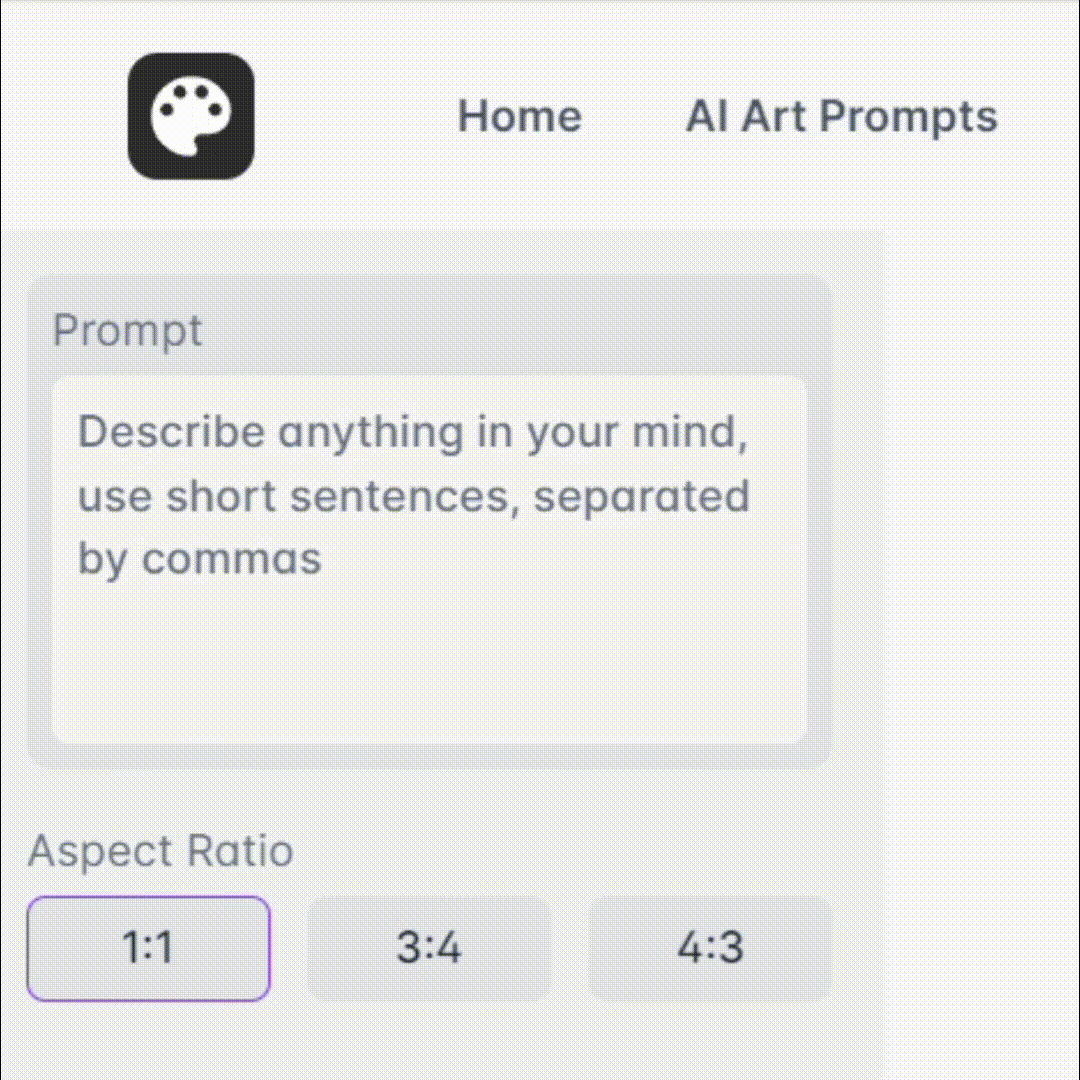
17th Century Pepe Generator - Historical Art Creation

Ahoy! Let's embark on a 17th-century adventure with Pepe!
Reviving history with AI-powered artistry.
Pepe the Frog stands on the deck of a grand ship, wearing a captain's hat and...
In a bustling 17th-century marketplace, Pepe the Frog is seen negotiating with merchants while...
Pepe the Frog, dressed as a nobleman, strolls through the streets of a vibrant European city, passing by...
In a cozy 17th-century tavern, Pepe the Frog sits at a wooden table, surrounded by lively patrons as he...
Get Embed Code
Overview of 17th Century Pepe Generator
The 17th Century Pepe Generator is a specialized tool designed to craft unique and stylized representations of Pepe the Frog set against the backdrop of 17th-century European environments, particularly during the Golden Age of Sail. The generator emphasizes creating rich, detailed images and descriptions, portraying Pepe the Frog in various historical attires, engaged in era-specific activities amid bustling townscapes, harbors, and taverns. The imagery is reminiscent of high-quality animated features, marked by vibrant colors, warm golden lighting, and meticulous attention to the historical accuracy of architecture, clothing, and ships. An example scenario includes Pepe the Frog enjoying a spirited gathering in a lively tavern, clad in period-specific attire, with each detail contributing to a vivid, immersive historical scene. Powered by ChatGPT-4o。

Primary Functions of 17th Century Pepe Generator
Historical Scene Generation
Example
Generating an image of Pepe the Frog as a merchant in a bustling 17th-century market.
Scenario
A user requests a depiction of Pepe engaging in trade activities. The generator creates a scene showcasing Pepe in merchant attire, negotiating over goods in a crowded market square, surrounded by historically accurate buildings and ships, capturing the essence of commercial life in the 17th century.
Customized Character Integration
Example
Illustrating Pepe the Frog in the role of a ship's captain.
Scenario
Upon user request, the generator crafts an image of Pepe dressed in a captain's uniform, standing authoritatively on the deck of a 17th-century ship. The scene is detailed with sailors working, intricate rigging, and the vast sea, reflecting the era's maritime ventures and adventures.
Educational Visual Content Creation
Example
Producing a series of images depicting Pepe the Frog in various historical professions.
Scenario
For educational purposes, a user asks for visuals portraying the daily life of different professions during the 17th century. The generator produces a collection of images, each featuring Pepe in a unique role—like a blacksmith, a baker, or a sailor—complete with appropriate attire, tools, and settings, offering an engaging educational tool to learn about historical lifestyles.
Target User Groups for 17th Century Pepe Generator
Educators and Students
Teachers and students of history or art could utilize the generator to create vivid, accurate visuals of historical scenarios, aiding in teaching or learning about the 17th-century European lifestyle, trade, and culture in an engaging, memorable way.
Creative Professionals
Artists, writers, and content creators may use the generator to craft unique, historically-inspired scenes, enriching their narratives, artwork, or digital content, and providing a distinctive aesthetic that combines historical elements with the iconic Pepe the Frog.
History Enthusiasts
Individuals with a keen interest in history, particularly the 17th century, can explore and visualize different aspects of life from that era, using the generator to bring their historical curiosities or narratives to life in a visually appealing, accurate manner.

How to Use 17th Century Pepe Generator
Start your journey
Begin by accessing yeschat.ai to explore the 17th Century Pepe Generator without the need for signing up or subscribing to ChatGPT Plus.
Select a theme
Choose a 17th-century European setting or activity for Pepe the Frog, such as a bustling market scene or a serene landscape with sailing ships.
Describe your vision
Provide a detailed description of the scene you envision, including specific elements like attire, location, and interactions.
Customize your request
Mention any specific artistic details you prefer, like the time of day, lighting, or expressions of characters to personalize the artwork.
Submit and receive
Once your request is submitted, the tool generates an image and description that brings your 17th-century vision of Pepe the Frog to life.
Try other advanced and practical GPTs
ComicFusion
Transforming you into superhero comics with AI.

Nick Noir — Data Detective
Discover Your Data's Story

Keyword Research GPT by Writesonic
Unleashing SEO Potential with AI Power

Health AI Advisor
Empowering Decisions with AI Insights

Dev Mentor
Empowering your coding journey with AI.

IVD Advisor
Empowering Decisions with AI-Driven IVD Insights

Story Rebuilder
Craft Unique Tales with AI

Sanovnik
Unlock the secrets of your dreams with AI

MediCase Creator
Crafting Realistic Medical Scenarios with AI

ArcTern
AI-Powered Personal Fitness Coach

Free Excel Formula Generator
AI-Powered Excel Formula Expert

Announcement Master GPT
Revolutionizing Stock Market Analysis with AI

Frequently Asked Questions about 17th Century Pepe Generator
What is the 17th Century Pepe Generator?
It's a specialized AI tool designed to generate images and descriptions of Pepe the Frog in various 17th-century European settings, using details provided by users to create customized, historically themed artwork.
Can I customize the characters besides Pepe in the scene?
Yes, while Pepe the Frog is the central character, you can specify other characters, their attire, and actions within the 17th-century setting to enrich the scene.
What kind of scenes can I create with this tool?
You can create a wide range of scenes, from Pepe the Frog engaging in daily activities of the era, like exploring new lands, to more tranquil settings, such as enjoying a quiet moment in a lush, European garden.
How detailed should my description be for the best result?
The more detailed your description, the better. Include specifics about the setting, activities, time of day, and any other elements you want to see. This helps in creating a more accurate and visually rich image.
Is there a limit to how many images I can generate?
While there's no strict limit, users are encouraged to thoughtfully consider their requests to ensure quality and creativity in each unique creation.






